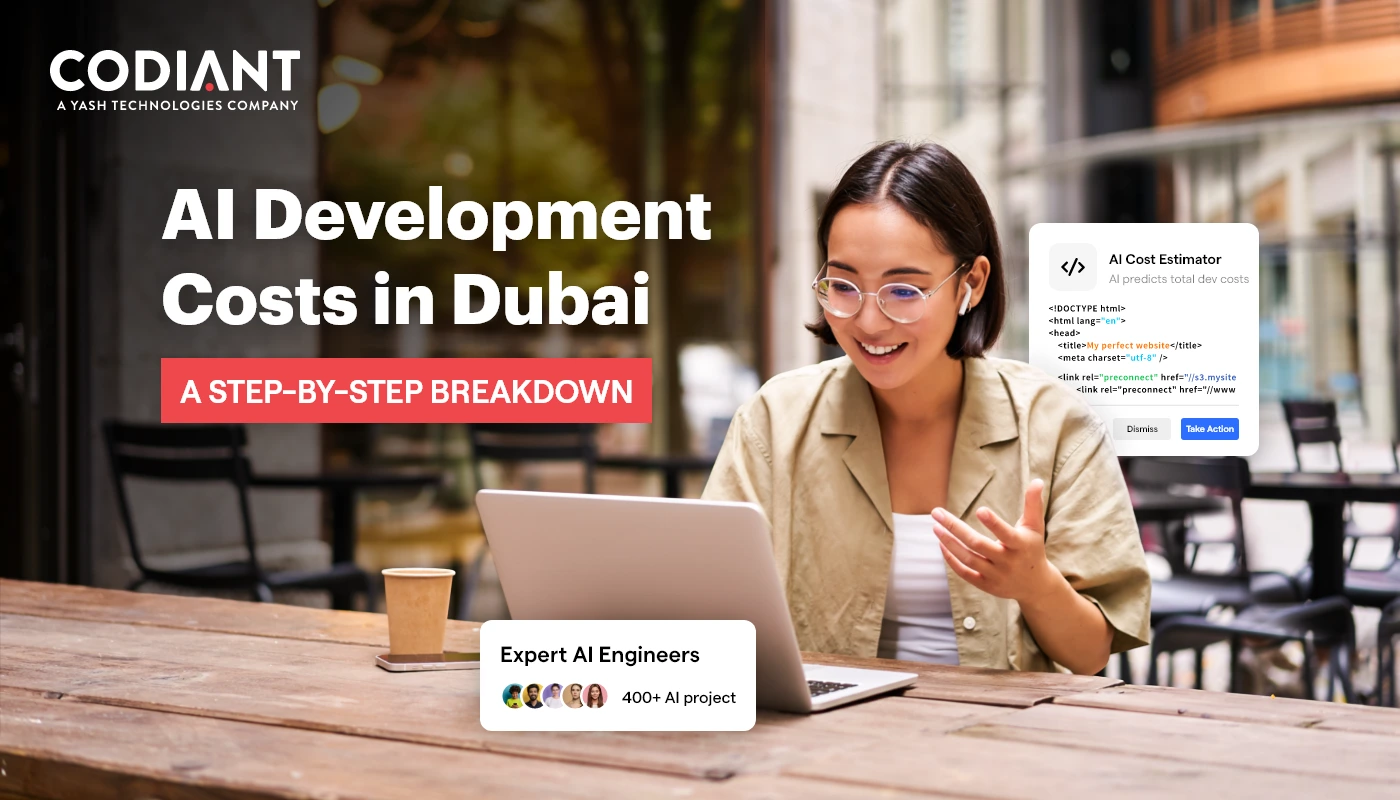Online Food Delivery App Development Guide : Cost and Key Features Included
Table of Contents
Subscribe To Our Newsletter

If there’s one survivor that restaurant operators have mentioned as a key to success in any season, it’s an on-demand food delivery app. The more automated, dynamic, and convenient the restaurant operations are, the better is the customer experience.

Almost two-thirds of the restaurants over the past few years have relied on online food delivery app solutions to become more agile, responsive to changing market conditions and be available 24X7 to respond to sales and orders.
The soaring significance of online food delivery apps has called for the attention of entrepreneurs looking to invest in on-demand food delivery segment.
If you’re planning to venture into this space, here’s a detailed food and grocery delivery business survival guide to help you get started
Startup companies and aggregators looking to learn how to start with on-demand online food delivery app development, here is the go-to guide.
Global Online Food Delivery Services Market
How suddenly the online food delivery apps have attracted a big market growth chunk has some startling facts. Let’s take a look to the current and future market growth.

Source: Business Wire Take a dive into the Online Food Delivery App Market:
- The market’s largest segment is Platform-to-Consumer Delivery with a projected market volume of US$79,608m in 2021 and is expected to grow US$16.6 billion by 2023.
- The total revenue in the Online Food Delivery segment is projected to reach US$151,526m in 2021.
- Online food delivery market revenue is expected to show an annual growth rate (CAGR 2021-2024) of 6.4%, resulting in a projected market volume of US$182,327m by 2024.
- Consumer preferences are more inclined toward convenience, seamless payment transitions, and fast answers–all influenced by the digital experience.
- Restaurateurs and platforms with service excellence, and effective customer experience will win in the race of competition.
Business Models For On-demand Food Delivery App
1. The Order Only Model
The order-only model is used by restaurant delivery service apps like JustEat and GrubHub. This type of model aggregates all the offerings of restaurants operating independently and allows the customers to order from them through the app platform.
Here, the restaurant partners manage their own fleet of couriers. The value proposition of this model for restaurants helps them in bringing and automating the orders through an optimized mobile app/web platform and replaces the traditional model of food ordering through phone calls.
2. The Marketplace Model (Order And Delivery)
The restaurant marketplace model is followed by apps like Doordash and Deliveroo. In this type of model, the app aggregates all restaurant partners and allows customers to place an order through the app with delivery managed by the app owner through their delivery fleet.
In this model, the app company can earn through the commission made on each order from every order placed. Plus, the flat fee the customer pays as a delivery charge is another source of revenue generation. To experience the working of this model for free- Install our white-label app Restros Customer App – Android iOS. Liked it?
You can own this white-label app with your brand customization. At Codiant, we help aggregator entrepreneurs and companies venture into new food delivery startups with avant-garde app development services.
3. The Fully Integrated Model
The fully integrated food delivery model supports all the processes from ordering to preparing a meal to delivery- all done and managed by the app owner. The popular apps working on this model are SpoonRocket, Maple, and Sprig.
This type of on-demand app has its own kitchens and pantry areas where they prepare food and store the food items. The most common delivery methods used by them are instant and scheduled delivery.
Also Read : How to Create an On-demand Food Delivery App like Swiggy and UberEats?
What is the price range, for developing a food delivery application and what are the essential features required?
The development cost of a mid-level on-demand food delivery app typically ranges between USD$18,000 and USD$35,000. Important features include customer and restaurant applications order tracking capabilities, secure payment gateways, and loyalty programs as administrative panels, for streamlined management.
Key Features to Develop an Online Food Delivery App
Customer App
- Sign-up : A good delivery mobile app should have easy onboarding where the customer doesn’t have to bother about a tedious sign-up process that prompts them to enter all the details at the very first step. Instead making the process easier by social signups and/or a two-factor authentication process that asks the user to only enter mobile number and OTP for verification can make a smooth hassle-free onboarding.
- Login: In the login process, the user should be asked to enter the email address, or mobile number, or social login details. Password reset link, remember for next time should be another add-on.
- Search Restaurants : If you’ve developed an aggregator app, then the user should be able to search nearby restaurants as he turns on the device’s current location.
- Restaurant Details : By showing the restaurant details you can make the user more learned of the place he/she is going to order from. The basic details you can show are restaurant location, menu categories, and the details of their items, time it operates, ratings, feedback, and ongoing discount offer (if any).
- Item Details: Once the user selects the item, he/she can view item details like item name, description, select quantity (option with +/-), Add to cart, etc.
- Add to Cart : As soon as the user selects the item with price and quantity, he/she can add the products to the cart. Where the user can see the list of selected items, delivery address, order now and schedule options, delivery fee, tax and total amount with discount.
- Order Tracking : The food delivery app should allow the user to track the order and should be informed of the order status confirmed, prepared, and on the way.
- Cancellation of Order : Customer should be able to cancel the order before the order is accepted by a restaurant. And if the order is accepted then the customer will have to pay the penalty for cancellation.
- Payment Gateway Integration : It’s always good to give multiple payment options to the user. The user should have the flexibility to pay cash on delivery, by cards, UPI, or mobile wallet.
- Customer Profile Management: Customers can edit profiles and manage their contact details, password, and delivery address.
- Order History: The user can check the order history bifurcated by active orders, scheduled orders, past orders, and reorders.
- Ratings and Review: This feature allows other users to get accustomed to the service experience another user has faced. This makes users decisive while placing the orders. Ratings, reviews, and feedback sharing also inform the respective restaurant to improve their offerings and stay updated with user’s reviews and opinions.
- Push Notifications: You can enhance your customer experience even more through push notifications. This feature allows you to keep your users up to date with the latest updates, promotions, and offers.
Restaurant App
- Instant Order Notification: As soon as the customer places an order restaurants should be able to receive instant notifications so that they can process the orders quickly.
- Assign Order to Driver: Restaurant owners can assign single or multiple delivery orders to drivers.
- Check Order List: Restaurant owners will get order reports to analyze the sales including total customers, total orders, and total revenue generated. The order reports would be:
- New Order List: An overview of new customers placing orders can be fetched.
- Accepted Order List: Orders accepted by the restaurants can be extracted.
- Delivered Order List: All the orders delivered to the customers are displayed.
- Order History: Restaurant owners can track and analyze their business performance by checking the order history and reports of daily sales. They can:
- Filter the orders by day, month, week, and year
- Filter by the date picker
- Set Order Status : Restaurant owners can set order status when they accept/cancel the order.
- Restaurant Profile Management: Restaurants can create, update and manage their profiles, change password, and logout.
Driver App
- Profile Creation: The driver can create the profile, view the daily invoice, and update the password and mobile number.
- Instant Order Notification: The driver will receive instant order notifications when a dispatched order is assigned by the restaurant owner.
- View Order List: The driver can view the ongoing or current order list, view the orders in the waiting list, and view all completed orders.
- Order Status: Driver can view the status of the order like accepted, picked-up, and delivered by the restaurant owners. Drivers can also cancel order status hold due to traffic, breakdown, or any other unfortunate event.
- Order Details: The drivers can view the order details once the restaurant owner assigns the order to the driver.
- View Earnings: The driver can view statistics of total earnings made (weekly, monthly, and yearly).
Admin Panel
- Dashboard : Admin can view total no. of sales, ongoing orders, restaurants, and active drivers.
- Restaurant Management
- Admin can manage and add restaurants with details like phone number, address, delivery areas, order information, commission and invoices, order info, promotion, Meta tag, and more.
- Admin can add a new menu effortlessly to sell various food products under specific food categories.
- Admin can set offers of different restaurants by including start date and end date to attract more customers and drive traffic.
- Admin can manage reviews and take necessary action on them.
- Admin Settings : Admin can control and manage functions like site setting, payment settings, promotion banners, language settings, and third-party credentials.
- Addons Management : Admin can manage extra add-ons of the restaurant’s special food menu on the site by adding new, updating, changing live status, and deleting them.
- Cuisines Management : Admin can take actions by adding, updating, deleting cuisines of the restaurants and changing their status as available or not available.
- Category Management : Admin can add and update new categories and search the existing via title, id, description, keyword, etc.
- Dispatch Management : Admin can manage orders, assign driver, track order, and drivers’ location.
- Reports Management : Restaurant owners can view reports of orders, order status, customers, payment types, drivers, etc.
- Invoice : Invoice ids of restaurants can be fetched by selecting a particular date range.
- Manage Offers : Admin can manage to present offers, discounts, promo codes, etc.

Advanced Features
- eWallet Integration: Through this mobile wallet feature, customers can load money into their eWallet through debit/credit card and make payments securely anytime.
- Loyalty/Rewards Points : This feature allows you to create a customer reward program that keeps your customers satisfied and returning.
- LIVE Tracking : Customers can track the complete order system through the app and view reports of all the orders and deliveries.
- Google GPS : Through GPS, customers can easily track the orders and the delivery boys can find the best-optimized route of the delivery address, through advanced location technologies like Google Maps Plus Codes
- Refer a Friend and Earn : Customers can refer the app to their friends and earn rewards from the restaurant owner.
- Instant Notifications : Through this feature, restaurant owners and drivers can receive instant notifications as soon as they receive orders.
Also Read: Unveil the Most Crucial Features of Online Food Delivery App
Key Market Players of Online Food Delivery Apps

Some of the key players in the Online Food Delivery Services Market include:
- Foodpanda
- Pizza Hut
- Grub Hub
- DoorDash
- Swiggy
- Meituan Waimai
- Zomato
- Delivery Hero
- Just Eat Holding Limited
- Deliveroo
- Postmates Inc
- Takeaway.com
- Ele.me
Technology Stack Required For Developing an Online Food Delivery App
Technologies selected for the development of any app play a major role in the app’s scalability, security, and smooth functioning. Given this fact, it is crucial to pick the right technology. If you look to develop native food delivery apps (means separate app for iOS and Android), the online food delivery app development company will work on the following technologies given below.

Total Cost to Develop an Online Food Delivery App
The total cost required to develop an online food delivery app depends on the following factors:
- App Discovery
- Project Analysis and Scope Statement
- UI/UX Development
- No. of App Platforms
- App Deployment
- App Maintenance
- App Security
The other factor having its dependency on the app development cost is the no. of features and functionalities developed, 3rd party integration (if any), app complexity, the location of the mobile app development company, and the per-hour rate charged by the company.
A Ballpark Figure
Considering all the features mentioned above, a basic to mid-level on-demand food delivery app development cost starts from USD$18,000 and the one with advanced features goes as high as USD$35,000.
Frequently Asked Questions
The development cost of a mid-level on-demand food delivery app typically ranges between USD$18,000 and USD$35,000. Important features include customer and restaurant applications order tracking capabilities, secure payment gateways, and loyalty programs as administrative panels, for streamlined management.
Featured Blogs
Read our thoughts and insights on the latest tech and business trends
How Much Does It Cost to Develop an AI System in Dubai?
- October 8, 2025
- Artificial Intelligence
KeyTakeaways: AI adoption in Dubai is booming - driven by the UAE’s AI Strategy 2031 and Dubai’s smart city vision. Costs vary widely- Small projects start around AED 70,000, while enterprise-grade AI platforms can exceed... Read more
Sustainability and AI in Focus- Deep Dive into the GITEX Global 2025 Agenda
- October 3, 2025
- Artificial Intelligence Gitex
Every October Dubai becomes the global capital of technology when GITEX Global opens its doors. This year GITEX Global 2025 (October 13th to 17th at Dubai World Trade Centre) is set to be the biggest... Read more
How HVAC Companies in USA Use Chatbots and AI to Improve Customer Service?
- October 1, 2025
- Artificial Intelligence
Key Takeaways: AI is no longer optional for HVAC – in 2025, over 70% of U.S. contractors have tested AI, and about 40% use it regularly. Chatbots improve response times by handling service requests instantly,... Read more




